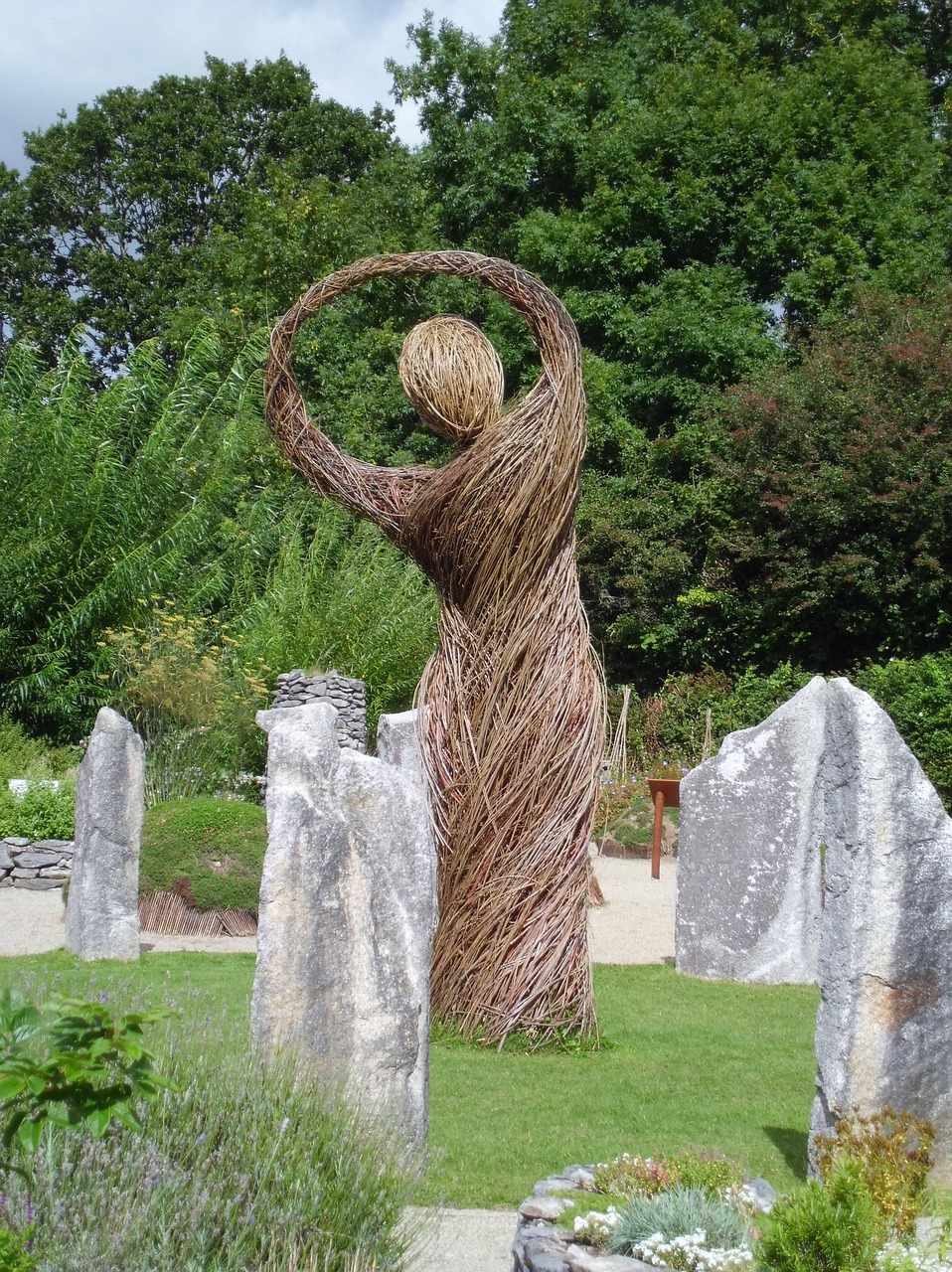At Lughnasadh, the harvest season commences, marked by the cutting of corn in the fields. For many, this moment encapsulates the essence of the festival. John Barleycorn, having aged since his union with the Lady during Beltane, appears faint and wise, leaning on a staff. As he observes the transformation of the crops from vibrant green to glimmering gold, he knows his time has come. His sacrifice nourishes the community, and it is this act of giving that we celebrate during Lughnasadh.
Understanding Lughnasadh
Known also as Lammas or the First Harvest, Lughnasadh derives from the Irish Gaelic phrase “Commemoration of Lugh.” This festival holds varied connotations, including marriage, gathering, or feasting in honor of the deity Lugh. It also intertwines with the legacy of his foster mother, Tailtiu, who is credited with paving the way for agriculture in ancient Ireland, thereby establishing a deeper connection with the harvest and the earth. Today, the month of August is referred to as Lúnasa in modern Irish Gaelic, while Scottish Gaelic corresponds to Lunasda, denoting the 1st of August.
Historical texts such as “Tochmarc Emire” (The Wooing of Emer), part of the Ulster Cycle, highlight the significance of the four Celtic fire festivals—Imbolc, Bealtaine, Lughnasadh, and Samhain. Though this tale, known primarily from the 10th or 11th century CE, reflects older traditions, it illustrates how expert Cú Chulainn attempts to win the affection of Emer; through enduring trials that emphasize seasonal changes rather than solar or Christian festivals.
Timing of Lughnasadh
Lughnasadh is celebrated on August 1, or the next full moon, echoing ancient Celtic traditions. This period signifies the onset of fall, which is celebrated the evening prior, aligning with the notion that the day starts at sunset in Celtic culture. This festival marks a transition as the sun’s descent into winter’s darker days begins. It symbolizes the fruitful union of Earth (representing femininity) and Sun (symbolizing masculinity) that culminated during Bealtaine; from this union, the fruits of the first harvest arise. While it is a time to rejoice in the bounty of early crops, it also carries an implicit tension as the darker days of winter loom and the harvest is not yet fully gathered.
The harvest God, often associated with the Green Man or John Barleycorn, represents the cycle of death and rebirth. Each year, he sacrifices himself to sustain human life, an act that mourned in some cultures through wreaths of poppies or cornflowers. As the grains are harvested, they are repurposed for bread, nourishment, and as seeds for rejuvenation in the upcoming spring. This cycle encapsulates themes of sacrifice and transformation inherent to Lughnasadh.
Rituals of Lughnasadh
Celebrating Lughnasadh involves rituals like cutting the first grain, offering it in a blessing, sharing a communal meal, and participating in dances. While fire is generally a central motif in other festivals, it holds lesser significance at Lughnasadh due to the warm August weather in many regions of Europe, reducing the need for heat and light.
The term “Lammas,” which originates from the Old Anglo-Saxon “hlaef-mass” (meaning loaf mass), indicates a day dedicated to the first loaf of bread and emphasizes a long-standing tradition of thanksgiving within agricultural societies. Recorded as early as 921 CE, the celebration of the First Fruits acknowledged the divine blessings upon the harvest.
In Bavaria, a significant August celebration is the “Ascension of Mary” on the 15th, featuring processions with bundles of herbs collected from the fields. This tradition signifies the consecration of herbs to be used for incense throughout the year, aligning with earlier practices centered around the changing seasons. As the season shifts, the August calendar weaves together different local and regional harvest customs.
Symbols of Lughnasadh
Key deities of Lughnasadh include Danu (Anu), the Mother of Gods and Men, and Lugh, revered across different professions — from scholars to warriors. Variously referred to as Lugh Samildánach (the Many Skilled) and Lugh Lámhfada (Lugh with the Long Arm), interpretations differ as to whether the latter signifies his magical spear or the sun’s rays. Worship of Lugh is often linked to elevated landscapes.
The festival embodies the harvest’s inner meaning — a time to reflect on what we have sown throughout spring. It provokes thoughts about ongoing projects and encourages us to discern what needs closure and what should begin anew. Lughansadh celebrates life’s abundance while acknowledging the onset of darker seasons. It encourages us to absorb the sun’s warmth and power, storing vitality for future reflections.
This period is ideal for expressing gratitude to the deities and Earth Spirits for the fruits we are now receiving, connecting with nature through conscious consumption. Even as modern convenience obscures the origins of our food, the act of mindful eating serves as a method of honoring the harvest, especially during Lughnasadh.



